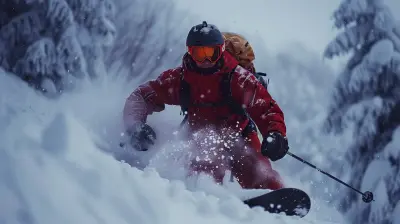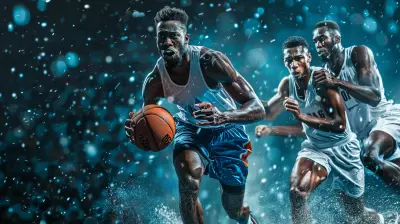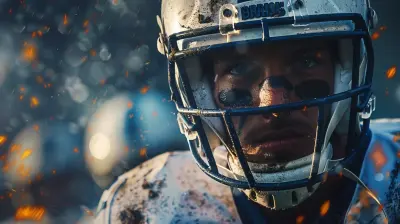How to Choose the Perfect Snowboard for Your Riding Style
14 August 2025
So, you're getting into snowboarding (or maybe looking to level up), and you're facing the big question—how do you choose the perfect snowboard for your riding style?
Trust me, you're not alone in this. Walk into any snowboard shop or scroll through online listings, and boom—you're hit with a tidal wave of shapes, sizes, flex ratings, camber profiles, and jibber-jabber that sounds like it came from a secret snowboarding society.
But don’t worry. Grab a hot cocoa, sit back, and let’s break this down. By the end of this guide, you’ll be able to stroll into any snowboard shop (or webstore) with confidence and say, “Yeah, that’s my board.”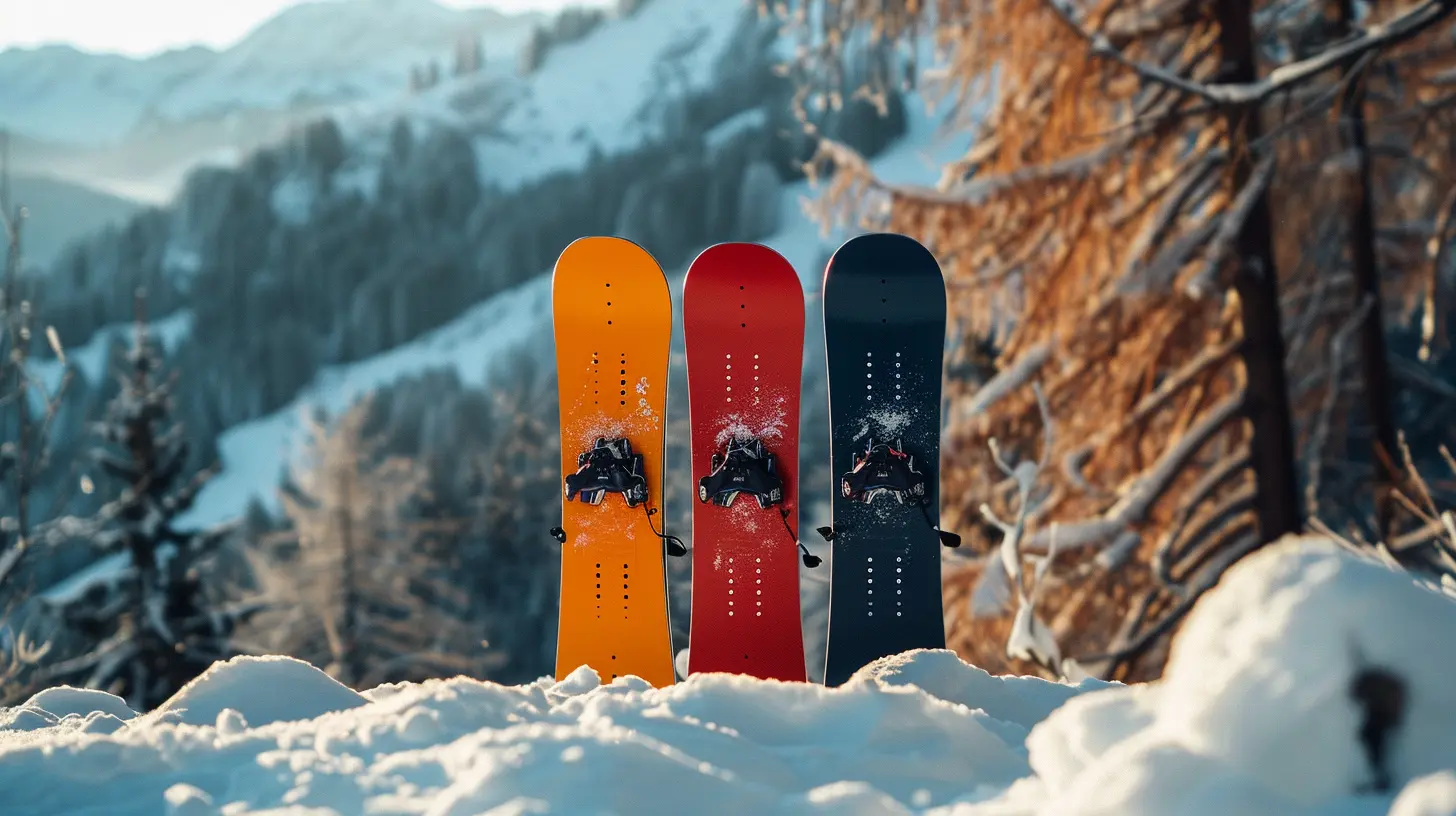
Why Your Riding Style Matters
Let’s kick things off with the basics—what even is a riding style?Your riding style is essentially how and where you like to ride. Are you bombing steep slopes? Floating through powder-filled forests? Hitting rails and jumps in the park? Or maybe you’re still figuring it out? Either way, your style directly affects the kind of board that’ll work best for you.
Think of it like shoes—you're not going to wear hiking boots to a wedding (unless it’s a very interesting wedding).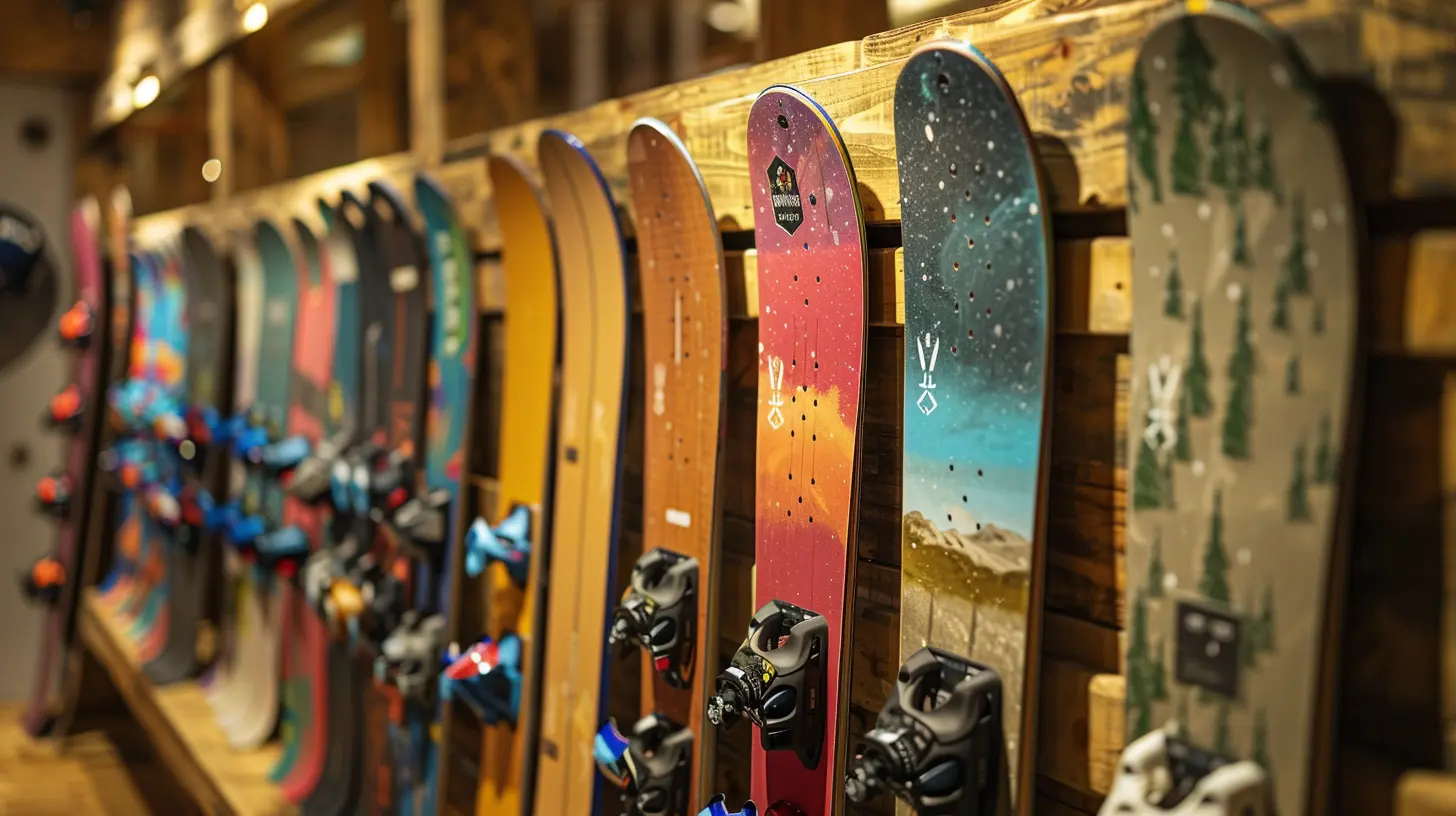
Step 1: Understand the Main Snowboarding Styles
1.1 All-Mountain
All-mountain boards are the “Swiss Army knives” of snowboards. They’re super versatile and can handle a bit of everything—groomers, powder, park, trees, and even the occasional scary bump you didn’t see coming.- Best for: Beginners and riders who want one board to do it all.
- Key traits: Medium flex, directional or directional twin shape, balanced camber profiles.
If you're like, "I want to try a little bit of everything and see what sticks," this is where you want to start.
1.2 Freestyle / Park
Freestyle boards are basically the acrobats of snowboarding. They’re made to spin, flip, grind, and fly through terrain parks and urban features.- Best for: Park rats, trick lovers, and riders who treat the mountain like a playground.
- Key traits: Soft to medium flex, true twin shape, shorter length, flat or rocker camber.
They're super maneuverable and forgiving—basically like a trampoline on snow.
1.3 Freeride
Freeride boards are the big-mountain adventurers. We're talking steep lines, powder stashes, cliff drops—everything you see in snowboarding films that look equal parts amazing and terrifying.- Best for: Advanced riders, powder chasers, and off-piste explorers.
- Key traits: Stiff flex, directional shape, longer nose, tapered tail.
If you hear the word “backcountry” and get all giddy, this one’s for you.
1.4 Powder
Powder boards are like surfboards for snow, designed specifically for deep, dreamy powder days. They float like a cloud and are way more fun to ride than a standard all-mountain board in waist-deep fluff.- Best for: Riders who live for powder days.
- Key traits: Wide nose, narrow tail, rockered profile, setback stance.
Chances are, you won’t use this as your everyday board—more like your "call in sick to work because it's dumping snow" board.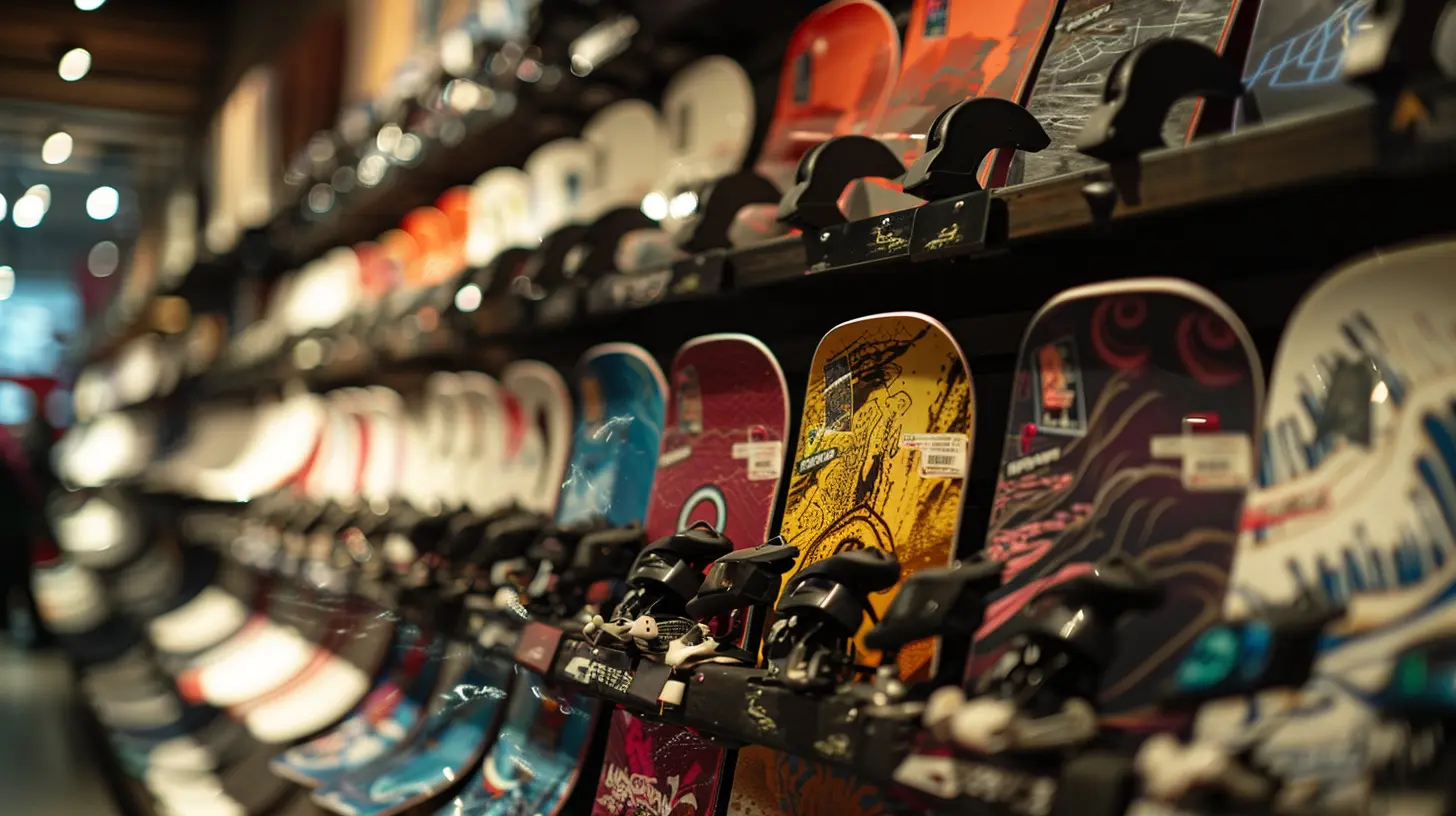
Step 2: Choose the Right Snowboard Shape
Once you’ve figured out your riding style, it’s time to talk about snowboard shapes. Yes, shape matters. A lot.2.1 True Twin
- Identical shape and flex in both directions.- Ideal for freestyle riders because you can ride switch (backward) just as easily.
- Think of it like an ambidextrous sword—you’re equally deadly in either hand.
2.2 Directional
- Designed to be ridden one way (usually with a longer nose).- Great for all-mountain and freeride riders.
- More control at high speeds and better float in powder.
2.3 Directional Twin
- Hybrid of the two above.- Symmetrical shape with slight directional features (like a setback stance).
- Great for all-mountain riders who also want to dabble in freestyle.
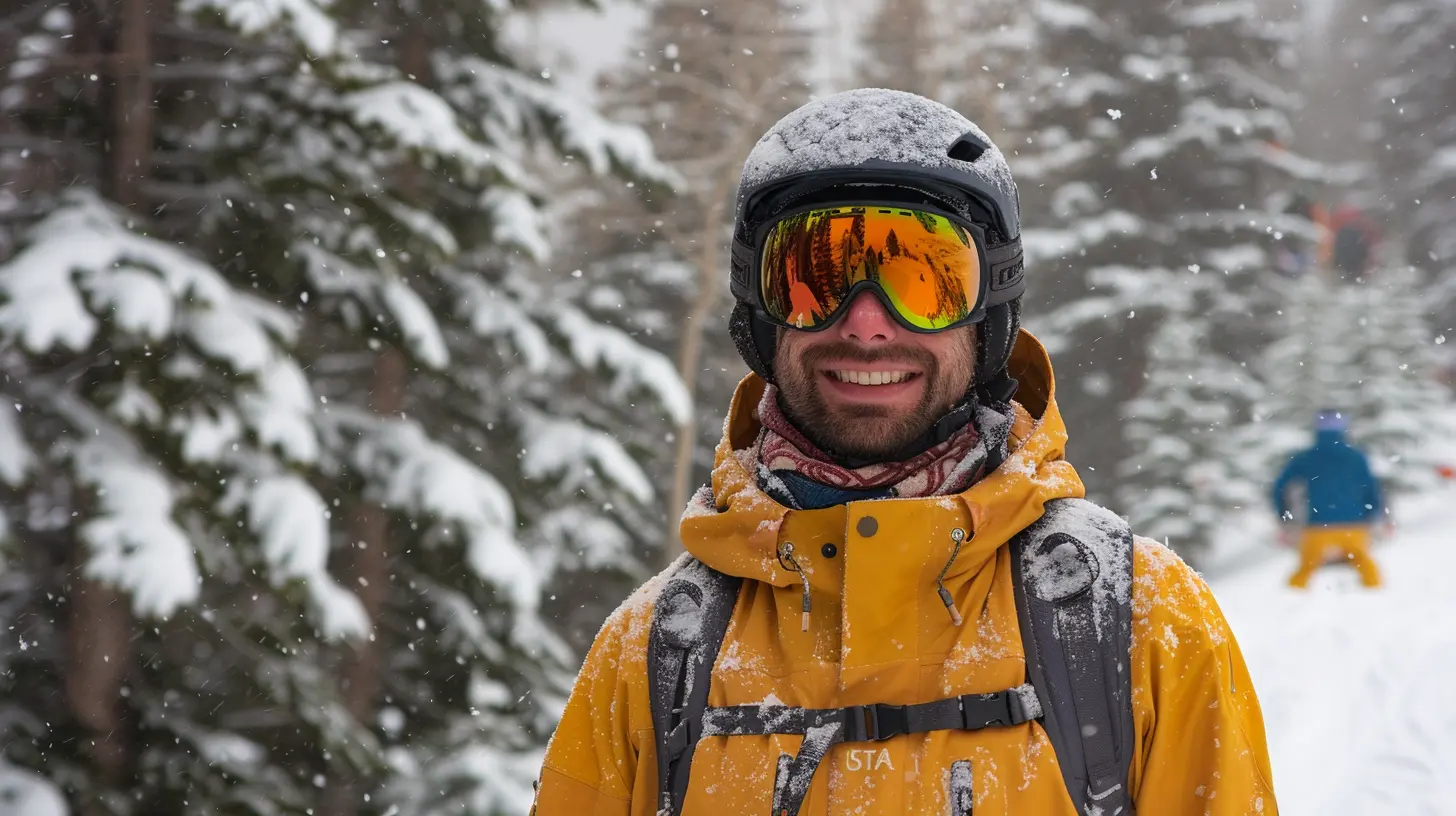
Step 3: Pick Your Camber Profile
This one's a biggie. Camber affects how your board behaves on the snow—its pop, stability, and float.There are a few common types:
3.1 Traditional Camber
- Arched underfoot; makes full contact with the snow when you apply pressure.- Gives lots of pop and precision.
- Best for aggressive riders who love carving or park jumps.
3.2 Rocker / Reverse Camber
- Uplifted tips and a flat center.- Super forgiving, great for float and easy turn initiation.
- Ideal for beginners and powder lovers.
3.3 Flat
- Completely flat between the feet.- Stable and predictable.
- Kind of like the “middle-of-the-road” option.
3.4 Hybrid
- Combines camber and rocker in various ways.- Aims to give you the best of both worlds—pop and forgiveness, control and float.
Think of camber profiles like personalities—some boards are high-energy party animals, others are chill and laid back.
Step 4: Flex Plays a Huge Role
Flex isn’t just something you do during yoga. In snowboards, it refers to how stiff or soft the board is.4.1 Soft Flex (1-4 on the scale)
- Easy to press and butter.- Forgiving and playful.
- Awesome for park and beginners.
4.2 Medium Flex (5-6)
- Balanced performance.- Handles groomers, powder, and small jumps decently well.
- Ideal for all-mountain riders.
4.3 Stiff Flex (7-10)
- Powerful and stable at high speeds.- Great for freeriders and big-mountain chargers.
- Not so friendly for beginners, unless you're into getting bucked around.
Quick analogy: A soft-flex board dances across the snow like a jazz dancer. A stiff-flex board charges down the slope like a freight train.
Step 5: Size Matters—For Real
Size isn’t just about your height (though that’s part of it). Your weight, boot size, and riding style all play into what length and width you need.5.1 Snowboard Length
- A general rule? When standing upright, the board should fall between your chin and nose.- But if you’re riding powder or going fast, size up.
- For freestyle or park? Go shorter.
5.2 Snowboard Width
- Toe and heel drag? Not fun.- Make sure your boots fit the board—if you've got big feet, go with a wide board.
Here’s a cheat code: If your boot size is over US 11, consider a wide board. It’ll save you from catching edges and eating snow.
Step 6: Consider Your Skill Level
You’d be surprised how many people grab a super-aggressive, stiff-profile board because it “looks cool,” only to struggle miserably on the mountain.Be honest with yourself. New to snowboarding? Go for a softer, easier-to-control board. Been shredding for years? You probably already know what you like—but don’t be afraid to mix it up if your riding style evolves.
Step 7: Special Features Worth Knowing
Not all boards are created equal. Some have techloaded features that can add a little spice to your ride:- Magne-Traction edges – Serrated edges that grip ice like claws.
- Carbon stringers – Add pop and reduce weight.
- Splitboards – Built for backcountry touring. They split into two skis for hiking uphill.
These features can be game-changers but aren’t necessary for everyone. Ride first, tech later.
Bonus Tip: Renting or Demoing First
Not sure what style suits you best? Rent a few different boards or look for demo days at your local resort. It’s like test-driving a car—you’ll instantly know if it’s a match or a hard pass.So, What’s the Perfect Snowboard for You?
Here’s a little cheat sheet to wrap it all up:| Riding Style | Recommended Board Type | Flex | Shape | Camber |
|---------------|------------------------|------|--------|--------|
| All-Mountain | All-Mountain | Medium | Directional Twin | Hybrid |
| Freestyle | Park/Freestyle | Soft | True Twin | Reverse/Flat |
| Freeride | Freeride | Stiff | Directional | Camber/Hybrid |
| Powder | Powder | Medium-Stiff | Directional | Rocker/Hybrid |
Still unsure? When in doubt, go with an all-mountain board. They’re forgiving, versatile, and perfect for helping you figure out where you want your snowboarding journey to go.
Final Thoughts
Choosing the perfect snowboard isn’t just about specs—it’s about matching the board with your personality and goals. Snowboarding is supposed to be fun, not frustrating. The right board can make the difference between catching your first big carve versus tumbling downhill like a snowball in a cartoon.So take your time, ask questions, and don’t stress if it takes a while. The mountain will always be there, waiting for you to shred it your way.
See you on the slopes!
all images in this post were generated using AI tools
Category:
SnowboardingAuthor:

Easton Simmons
Discussion
rate this article
1 comments
Celeste McDowney
Great article! You highlighted essential factors in selecting the right snowboard based on riding style. The tips on board length, flex, and shape are particularly helpful for both beginners and seasoned riders. This guide makes the daunting task of choosing a snowboard much easier!
September 7, 2025 at 10:42 AM

Easton Simmons
Thank you! I’m glad you found the tips helpful for all riders. Happy shredding!
